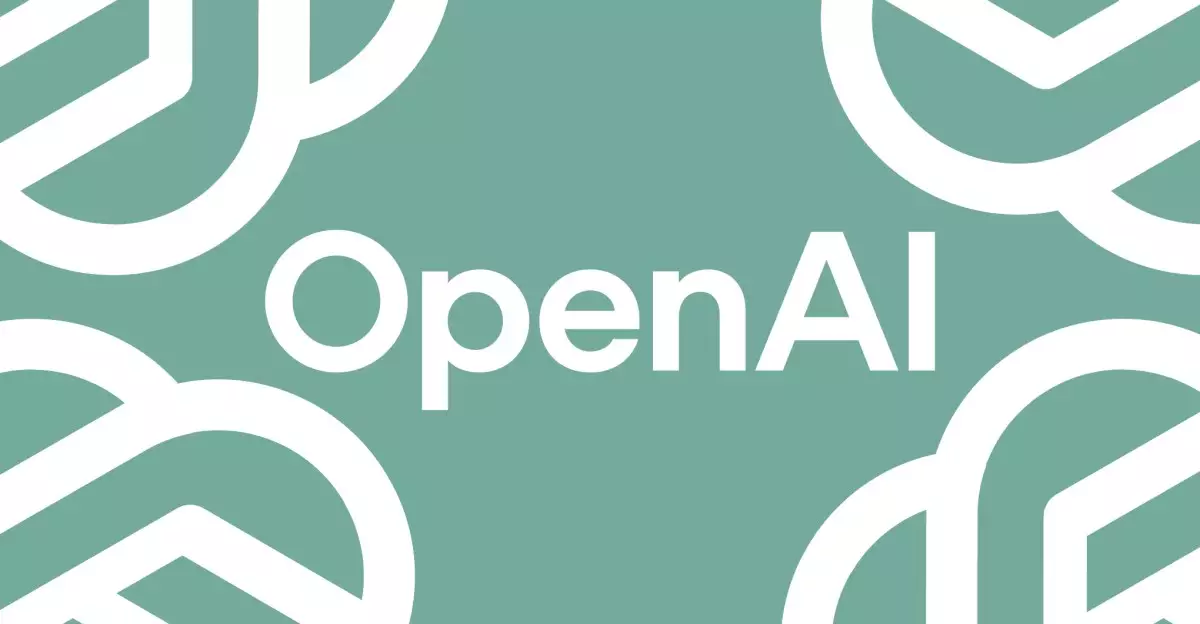OpenAI has once again redefined the landscape of artificial intelligence by introducing GPT-4.1, a continuation of their commitment to advancing multimodal AI capabilities. This latest model improves significantly upon its predecessor, the GPT-4o, which was launched only a year earlier. By providing a larger context window and enhanced functionalities, GPT-4.1 is set to change the way developers interact with AI tools. During a recent livestream presentation, OpenAI highlighted that GPT-4.1 excels in nearly all aspects, particularly coding and adherence to user instructions, marking a substantial step forward in model performance.
Cost-Effective Innovations
One notable aspect of GPT-4.1 is its affordability. It arrives on the heels of the market trend emphasizing cost-efficiency, particularly following the emergence of AI models like DeepSeek that aim for ultra-efficiency. Priced at 26 percent lower than the earlier GPT-4o, GPT-4.1 introduces not just one, but two smaller variants—GPT-4.1 Mini and GPT-4.1 Nano. These options broaden accessibility for developers, providing a diverse range of choices, whether one seeks robust capabilities or lightweight solutions. By enabling developers to experiment with a model that is more budget-friendly, OpenAI opens doors to broader creativity and innovation in AI applications.
Impressive Token Limits
The most striking feature of GPT-4.1 is its capacity to process an astonishing one million tokens. This surpasses the 128,000-token limit set by GPT-4o, pushing the boundaries of what is possible within a single AI prompt. This increased token processing is a game changer, particularly for applications dealing with extensive datasets or complex queries that necessitate long-form interactions. OpenAI has emphasized that GPT-4.1 is trained to effectively manage this vast context while ignoring irrelevant distractions. Such improvements reinforce the notion that this AI model is not just an incremental enhancement but a bold leap toward a more intuitive and responsive user experience.
The Future of OpenAI and Transitioning Models
While the introduction of GPT-4.1 symbolizes progress, it also reflects a strategic pivot for OpenAI as they prepare to phase out older models, including the soon-to-be-deprecated GPT-4. The recent upgrades to GPT-4o will be marked as a transition point, with OpenAI branding it as a natural successor that better meets the needs of current developers. The organization’s decision to postpone the launch of GPT-5 demonstrates a careful and deliberate approach to releasing technology that meets high-performance standards, rather than rushing to market with an unfinished product.
Community Impact: Navigating Challenges
Despite the excitement surrounding these advancements, OpenAI faces challenges, particularly concerning demand and resource management. The overwhelming popularity of new image-generation capabilities led to necessary constraints on usage, as the system struggled to meet real-time requests. This illustrates the balancing act between innovation and resource allocation that AI companies must navigate. As OpenAI rolls out these new tools, they must ensure that infrastructure can support heightened user engagement without compromising performance or user experience.
These advancements in AI reflect not just a technical evolution, but they also signify an era where developers and users can capitalize on enhanced capabilities. GPT-4.1 stands as a testament to OpenAI’s vision for a more advanced, accessible, and efficient AI future.


Leave a Reply
You must be logged in to post a comment.